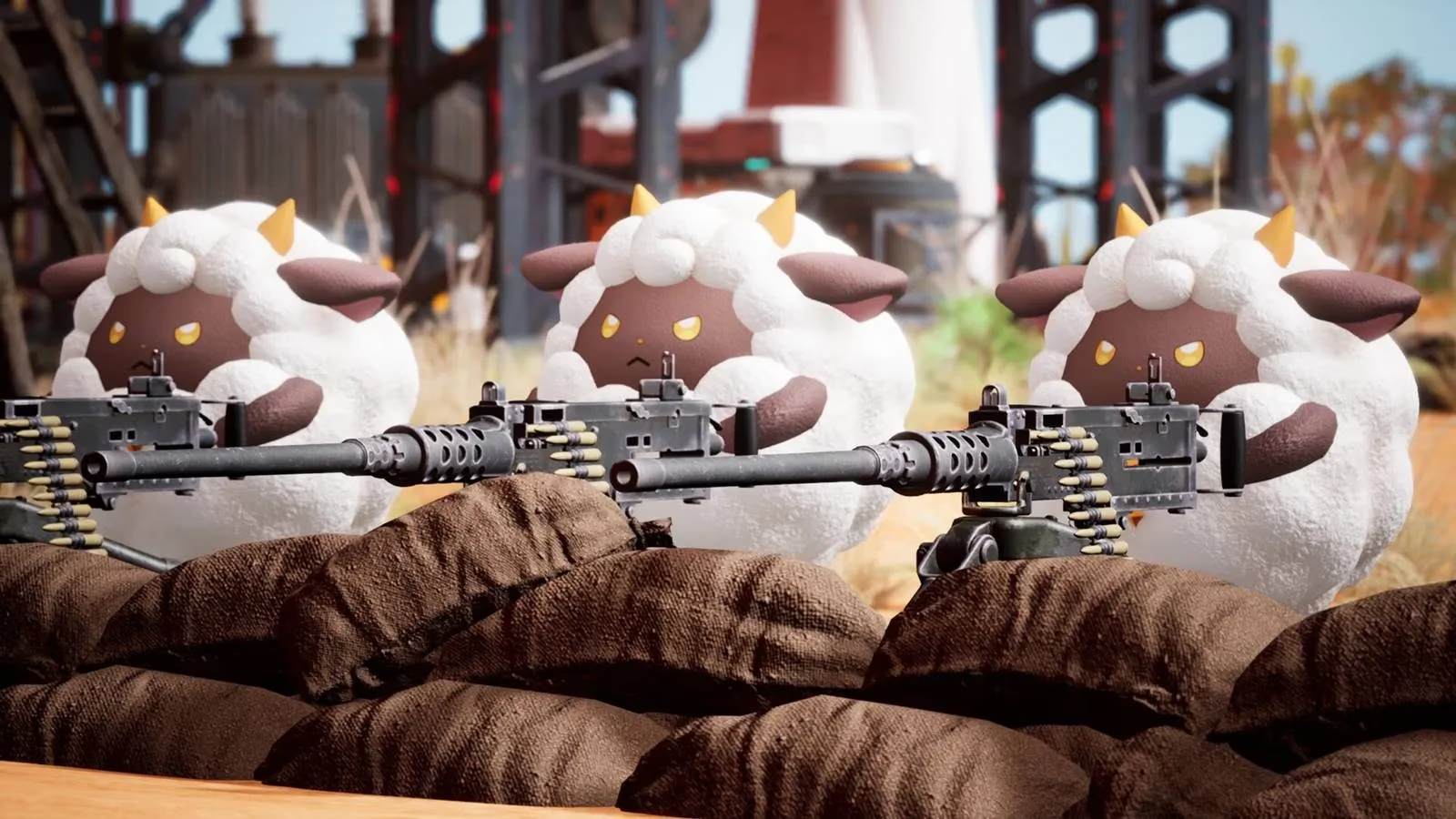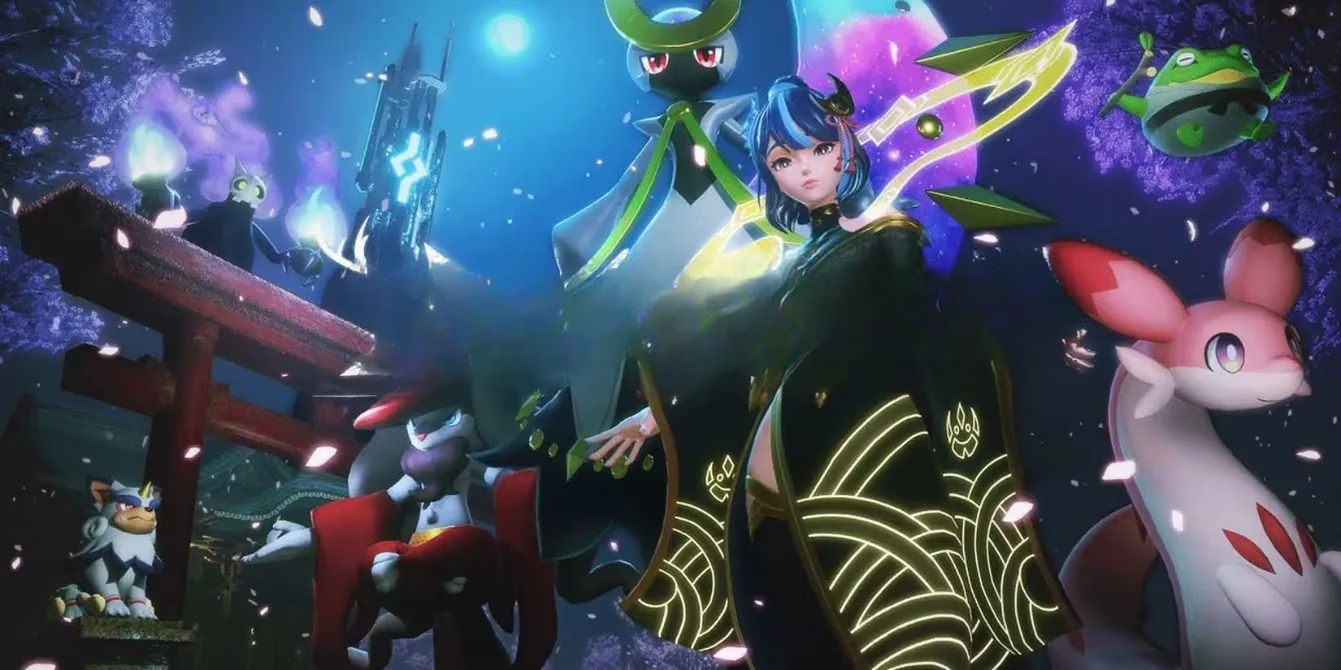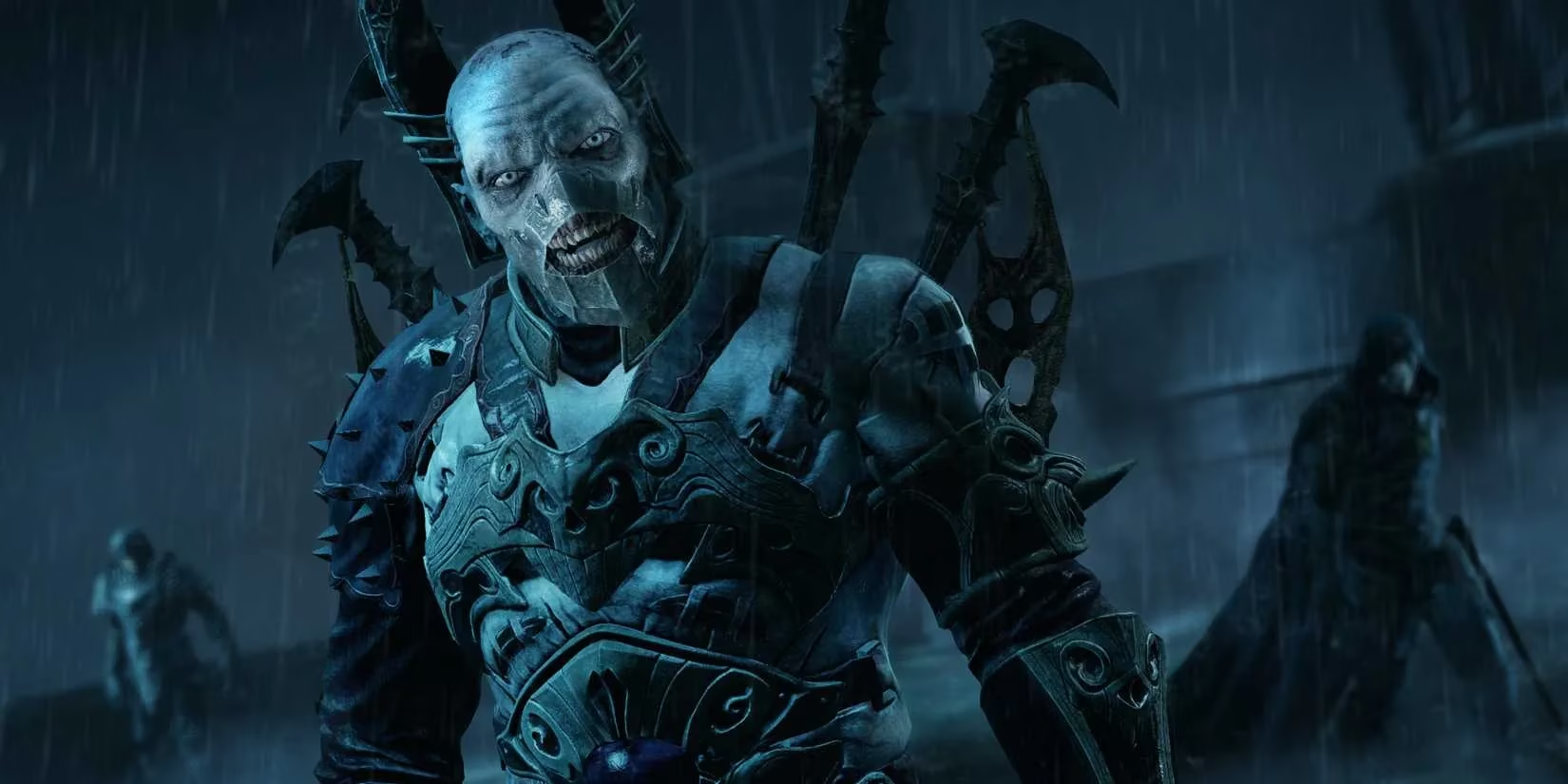The gaming universe trembled on September 9, 2025, when Nintendo detonated a legal nuclear warhead disguised as U.S. Patent 12,403,397. Overnight, developers worldwide choked on their energy drinks, staring in existential horror at a document threatening to obliterate decades of game design. Palworld’s cheeky "Pokémon with guns" rebellion now seemed like child’s play compared to this draconian land grab. One could almost hear the maniacal laughter echoing from Kyoto as Nintendo’s lawyers sharpened their claws, ready to pounce on anything resembling a summonable creature. The sheer audacity! It felt like watching a beloved childhood friend morph into a copyright-hungry kaiju, crushing indie studios underfoot without a second thought. 😱💥

The Ruthless Blueprint: Nintendo’s Patent Decoded
At its core, this patent weaponizes the very soul of creature-collecting games. Nintendo didn’t just patent Pikachu’s thunderbolt—they laid claim to the fundamental dance of summoning and combat itself. Imagine the legal text as a sinister recipe:
-
Digital Puppeteering: Any game stored on hardware where your avatar roams a virtual world.
-
Conjuration Ritual: Players must command "sub-characters" into existence.
-
Automated Carnage: If enemies lurk nearby, the summoned entities attack immediately.
-
Rogue Protocol: When no foes appear, the minions wander autonomously—until they spot a target and engage.
The chilling precision made veteran gamers weep into their controllers. How could something so universally beloved become corporate ammunition? It was like patenting gravity in a platformer!
Palworld’s Precarious Dance With Destiny
PocketPair’s survival saga continued, but now under the shadow of this fresh legal guillotine. Their creature-collector had already amputated beloved features to placate Nintendo’s initial lawsuit—a painful compromise that left fans mourning lost companions. Now, Palworld teetered on a razor’s edge. Does letting Pals scavenge resources independently violate the "automated movement" clause? If a Lamball attacks encroaching Syndicate thugs unprompted, is that patent infringement? Every line of code felt like walking through a minefield blindfolded.

The irony tasted bitter. Palworld’s entire charm lay in its chaotic freedom—the glorious anarchy of pals mining ore while dodging gunfire. Now? Developers might need to leash every creature with robotic obedience, stripping away emergent gameplay. One shuddered imagining future updates neutered into corporate-approved sterility.
The Domino Effect: Gaming’s Greatest Franchises Under Siege
Nintendo’s patent didn’t target Palworld alone—it painted a bullseye on gaming’s sacred cows. Consider these condemned mechanics:
| Game Title | Summon System | Patent Violation Risk |
|---|---|---|
| Diablo 4 | Necromancer’s skeletal army | Extreme 🔥 |
| Final Fantasy XIV | Summoner’s primal egis | Catastrophic 💣 |
| World of Warcraft | Warlock demons & Hunter pets | Apocalyptic ☠️ |

Final Fantasy X’s iconic aeons? Now potential lawsuit bait. Guild Wars 2’s ranger spirits? Walking copyright violations. The sheer scale of this overreach felt personal—like Nintendo had raided our collective gaming memories and padlocked them. Would Yuna’s pilgrimage in FFX need a legal disclaimer in 2025? The mind reeled!
Nemesis System Déjà Vu: A Chilling Precedent
Warner Brothers’ patent on Middle-earth’s revolutionary Nemesis system offered a grim parallel. That brilliant mechanic—where orcs remembered your battles and climbed ranks—vanished from gaming after Shadow of War. No studio dared touch it, fearing lawsuits. Now, Nintendo replicated that playbook with monstrous ambition. The Nemesis patent strangled innovation; this one threatened to garrote entire genres.

Indie developers whispered in terror. How could a solo creator compete when Nintendo patented basic interactions? It evoked dystopian visions: future games stripped to bland homogeneity while lawyers danced on creativity’s grave. The patent’s vagueness was its greatest weapon—a nebulous net ensnaring everything from Pokémon clones to dark fantasy RPGs.
The Unanswerable Question
As the dust settled, one gnawing uncertainty lingered. If summoning a virtual ally becomes intellectual property, what foundational mechanic might be monopolized next? Jumping? Crafting? Breathing? 🤔 The industry stood at a crossroads: capitulate to patent overlords or wage a hopeless war. Would gamers someday mourn the death of innovation itself—or rise as one to defend gaming’s soul?